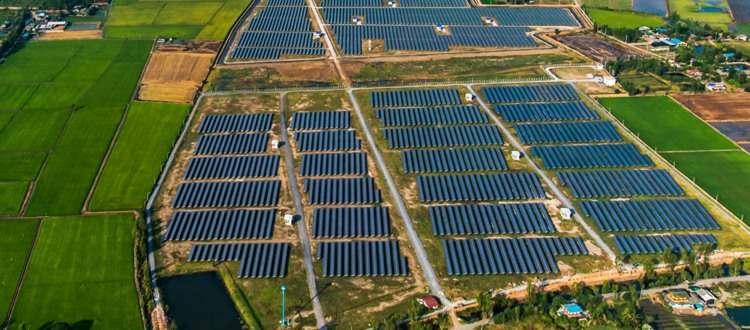Answers to Your Green Energy FAQs
Frequently Asked Questions: Green Energy
Green energy is no new resource, but its availability to you, on the other hand, is relatively new. Because of this, you probably have a few questions about what green energy is and how it works. We’ve compiled a list of the most frequently asked questions about green energy to help you get started. Feel free to contact us if you have any additional questions.
Where is my energy coming from?
This is sort of a loaded question. Let’s break it down in steps, starting with you.
- You receive energy from your utility company.
- Your utility company sends the energy through power lines to your home.
- Your utility company sources the energy from an energy supplier in your area.
- The energy supplier in your area creates the energy, which is created through any one of the following (in order of frequency):
- The burning of fossil fuels (oil, natural gas, coal)
- Nuclear energy
- Renewable/green energy (solar power, wind power, hydropower)
Typically, utility companies choose whichever source they want and send it to your home. But deregulation in many states has now made it possible for you to choose where your energy is coming from. Learn more about the benefits of renewable energy to see why it’s worth it to choose your own energy.
What is the real issue with fossil fuels?style=”font-weight: 400;”
Fossil fuels (coal, oil, natural gas) are natural resources, and they are very effective at creating usable energy. However, unlike abundant resources like wind or solar energy, they are not renewable. This means that once they’re gone, they’re gone. Plus, collecting and burning these natural resources can be dangerous for all involved. And the burning of fossil fuels has been known to cause serious environmental issues like heavy air pollution, global warming, acid rain, and more.
How about the issue with nuclear energy?
Nuclear energy is expensive to create and extremely dangerous—both during the creation and after. Nuclear power has the potential to cause major destruction if something were to go wrong. Additionally, nuclear power produces unstable radioactive waste, which cannot be destroyed or safely contained. Plus, nuclear energy is extremely expensive to produce (think: billions of dollars), and cleanup (should something go wrong) would be exponentially more expensive (think: hundreds of billions of dollars).
What is green energy?
Green energy (also called renewable energy, alternative energy, or clean energy) is any form of power that comes from a source that won’t be depleted after its use. Additionally, green energy is safe to produce and use.
What are the different types of green energy?
Examples of green energy include wind energy, solar energy, biomass energy, and hydropower. Currently, Star Energy Partners offers wind energy and solar energy—with plans to offer more options in the future—to our residential and business customers.
How much of the country’s energy is green?
Currently, about 13 percent of energy in the United States comes from renewable sources. Approximately half of that comes from hydropower, while the rest comes from solar, wind, or biomass sources.
What are the benefits of green energy?
Green energy is created and supplied through clean or non-harmful practices, which already puts it above the rest of the energy sources. When compared to fossil fuels, our sources for clean energy are infinite, which means we won’t risk depleting them with continued use. Lastly, green energy is helping create more jobs in the U.S. and reducing our dependence on foreign fuels. By focusing more on green energy, it’ll become a win-win-win situation.

